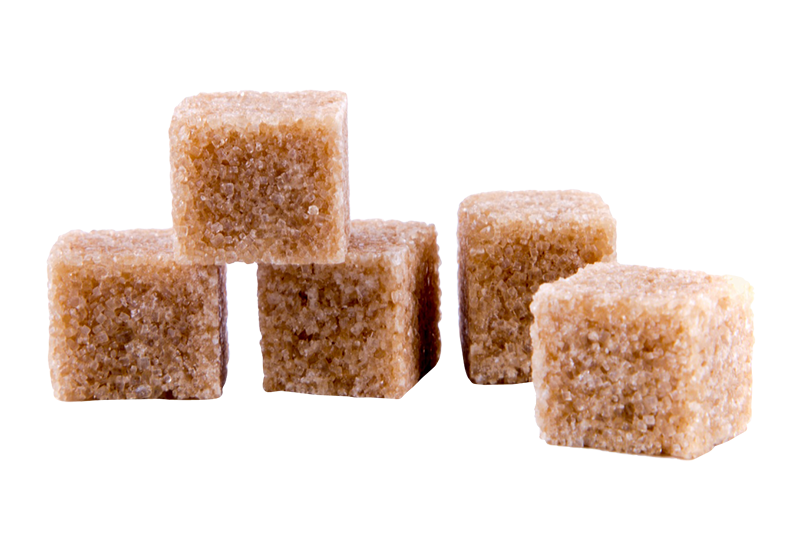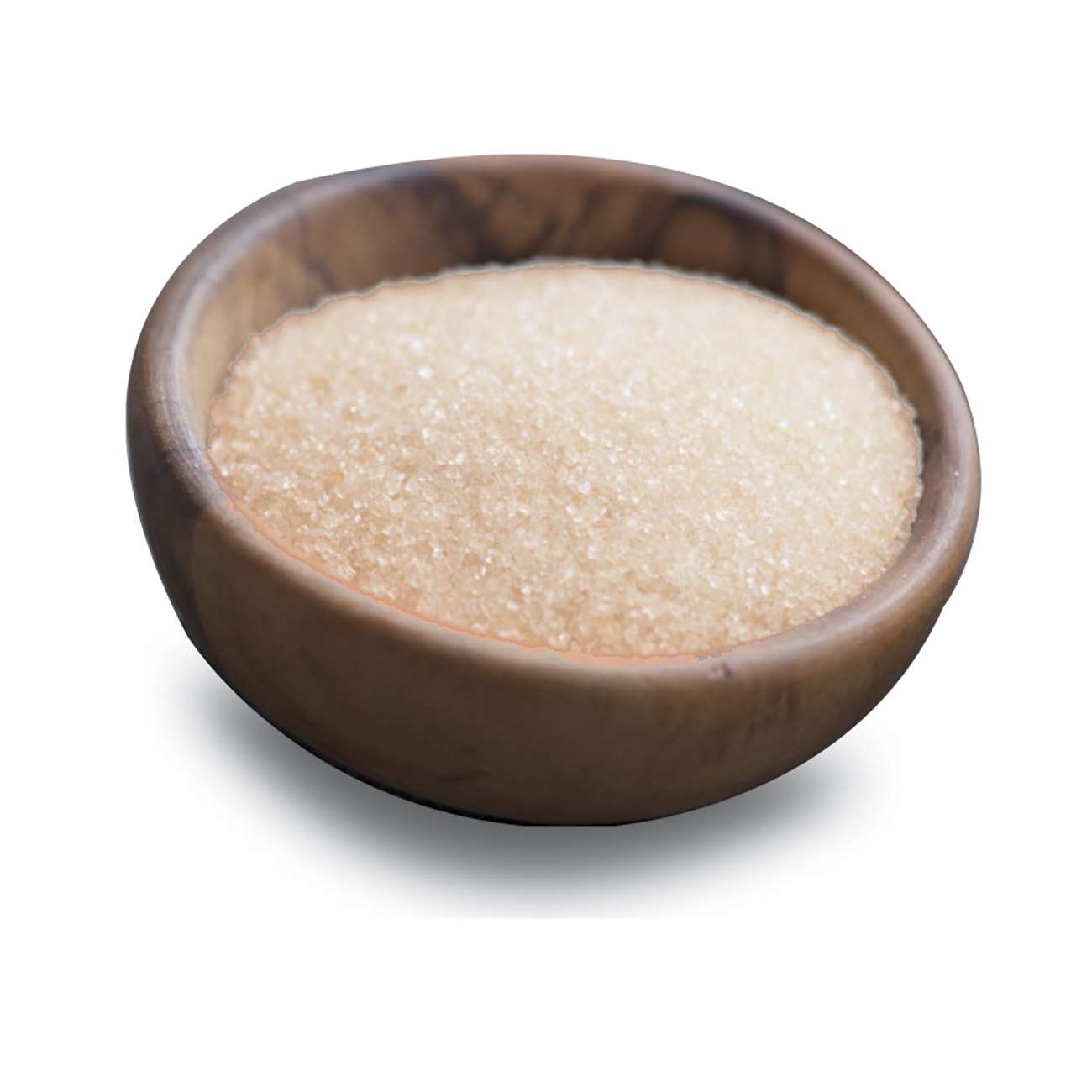A Comprehensive Guide to the Ecological Influence and Sustainability Practices in Walking Stick Sugar Handling
The environmental impact of walking cane sugar handling provides a complex array of obstacles that warrant careful examination. From soil deterioration and extreme water use to the carbon footprint connected with cultivation and production, the effects of standard methods are far-ranging. In contrast, the adoption of innovative sustainability procedures uses a path towards extra accountable production approaches. Recognizing the interplay between these concerns is important for stakeholders in the market. What details methods can be carried out to strike a balance between performance and ecological stewardship? The responses depend on a better check out both the challenges and potential options.
Introduction of Cane Sugar Handling
Cane sugar processing entails a collection of methodical actions that transform sugarcane into polished sugar. At first, gathered sugarcane is transferred to refining centers, where it undertakes cleaning to get rid of dirt and debris. Following this, the cane is crushed to draw out juice, which is then made clear by getting rid of contaminations via home heating and the enhancement of lime.
The clarified juice undergoes evaporation, where water is removed to focus the sugar material. These crystals are separated from the staying syrup making use of centrifugation, resulting in raw sugar.
The final product is then dried and packaged for circulation. Throughout this entire procedure, preserving performance and quality assurance is necessary to ensure the sugar fulfills sector criteria. Each step in walking stick sugar handling not only contributes to the final product but additionally has effects for source usage and waste generation, establishing the phase for discussions on sustainability and ecological effects connected with sugar production.
Environmental Obstacles of Manufacturing
The production of walking stick sugar presents numerous substantial environmental difficulties that warrant focus. One key problem is the comprehensive usage of agrochemicals, including pesticides and plant foods, which can bring about dirt destruction, biodiversity loss, and contamination of local water resources. The overflow from sugarcane areas commonly lugs these chemicals right into close-by ecosystems, interrupting water life and affecting the wellness of neighborhoods reliant on these water bodies.
One more challenge is the high energy intake related to sugarcane handling. The boiling and refining phases require significant warm, primarily created by shedding fossil fuels, adding to greenhouse gas exhausts. Furthermore, the extensive land location required for sugarcane cultivation can result in logging and environment devastation, more intensifying environment adjustment and threatening wild animals.
Moreover, the labor methods in some regions elevate ethical issues, as employees might encounter inadequate working conditions and inadequate earnings. This circumstance usually bolsters a cycle of poverty in neighborhood areas. Cane Sugar Processing. Addressing these ecological difficulties is important for creating a lot more sustainable practices in cane sugar manufacturing, eventually benefiting both the setting and the communities associated with this sector
Water and Land Use Effect
Water sources and land use are critical parts in the cane sugar industry that dramatically influence the atmosphere. The farming of sugarcane requires substantial water input, with price quotes recommending that it can eat as much as 2,000 litres of water per kilogram of sugar generated. This intensive usage of water commonly causes depletion of local water sources, impacting not just the sugarcane vineyards yet also bordering environments and communities that count on the same water resources for agriculture and residential usage.

In addition, land use for sugarcane farming can bring about logging and the conversion of all-natural environments into monoculture ranches. This practice diminishes biodiversity, disrupts regional ecological communities, and contributes to soil degradation. The expansion of sugarcane fields frequently intrudes on useful farming land, creating competition for resources in between food and biofuel manufacturing.
Sustainable practices, such as optimizing watering techniques and applying plant turning, are important to minimize these influences. By embracing much more efficient water use and land monitoring methods, the walking cane sugar sector can minimize its eco-friendly footprint, making certain a balance in between agricultural productivity and ecological preservation.
Greenhouse Gas Emissions
Greenhouse gas discharges represent a significant environmental problem within the cane sugar handling sector, particularly as agricultural methods broaden to satisfy worldwide demand. The farming of sugarcane, a plant that grows in exotic climates, relies greatly on synthetic plant foods and pesticides, which contribute to nitrous oxide discharges. Furthermore, land-use modifications, including logging for new sugarcane haciendas, release co2 kept in greenery and dirt.
During processing, power consumption is one more significant source of greenhouse gas emissions - Cane Sugar Processing. Numerous sugar mills utilize fossil gas to power machinery and create warmth, resulting in substantial carbon footprints. Moreover, the transport of raw sugarcane and ended up products click to read more adds layers of exhausts via gas combustion in lorries
This includes reviewing present farming practices, refining approaches, and transport systems to recognize locations for enhancement and mitigation. Dealing with greenhouse gas discharges is necessary for cultivating a more lasting cane sugar industry in an altering climate.

Lasting Practices and Innovations
Lasting practices and developments are significantly vital in the walking cane sugar processing market as stakeholders seek to lower environmental impacts while keeping productivity. One considerable development is the execution of incorporated plant administration, which enhances resource usage by integrating soil monitoring, parasite control, and plant turning techniques. This method improves return while lessening chemical inputs and preserving dirt health and wellness.
Additionally, the adoption of sustainable energy resources, such as biomass from sugarcane deposits, has actually gained traction - Cane Sugar Processing. their explanation By transforming waste items right into energy, refining facilities can minimize their reliance on fossil gas, thus lowering greenhouse gas exhausts
Water monitoring practices have actually also seen renovations via the recycling and reusing of water in handling plants, considerably minimizing freshwater intake. Technologies in technology, such as accuracy agriculture, allow farmers to check plant wellness and resource use better, guaranteeing lasting farming practices.
In addition, certification programs like Fair Profession and Rainforest Partnership motivate ecologically liable farming practices and advertise social equity within the supply chain. By accepting these lasting techniques and developments, the cane sugar processing industry can enhance its durability and add positively to environmental stewardship.
Verdict
The environmental impact of cane sugar handling provides substantial difficulties, including dirt destruction, high water usage, and greenhouse gas discharges, along with ethical issues connected to labor techniques. Addressing click here to read these problems with sustainable techniques, such as integrated crop monitoring, renewable resource adoption, and water recycling, is vital. By advertising socially fair and ecologically responsible approaches in sugar production, the industry can mitigate its unfavorable results, guaranteeing a more sustainable future for both communities and ecological communities included in this field.
Walking cane sugar handling involves a series of methodical steps that change sugarcane into refined sugar. Each action in walking stick sugar handling not only contributes to the last product however likewise has ramifications for resource use and waste generation, setting the phase for conversations on sustainability and ecological impacts connected with sugar manufacturing.
Greenhouse gas emissions represent a significant ecological worry within the cane sugar processing market, particularly as agricultural methods expand to meet global demand.Lasting techniques and advancements are progressively essential in the cane sugar handling sector as stakeholders seek to lower environmental impacts while preserving productivity.The ecological impact of walking cane sugar processing presents considerable challenges, consisting of soil deterioration, high water intake, and greenhouse gas discharges, along with honest concerns associated to labor techniques.